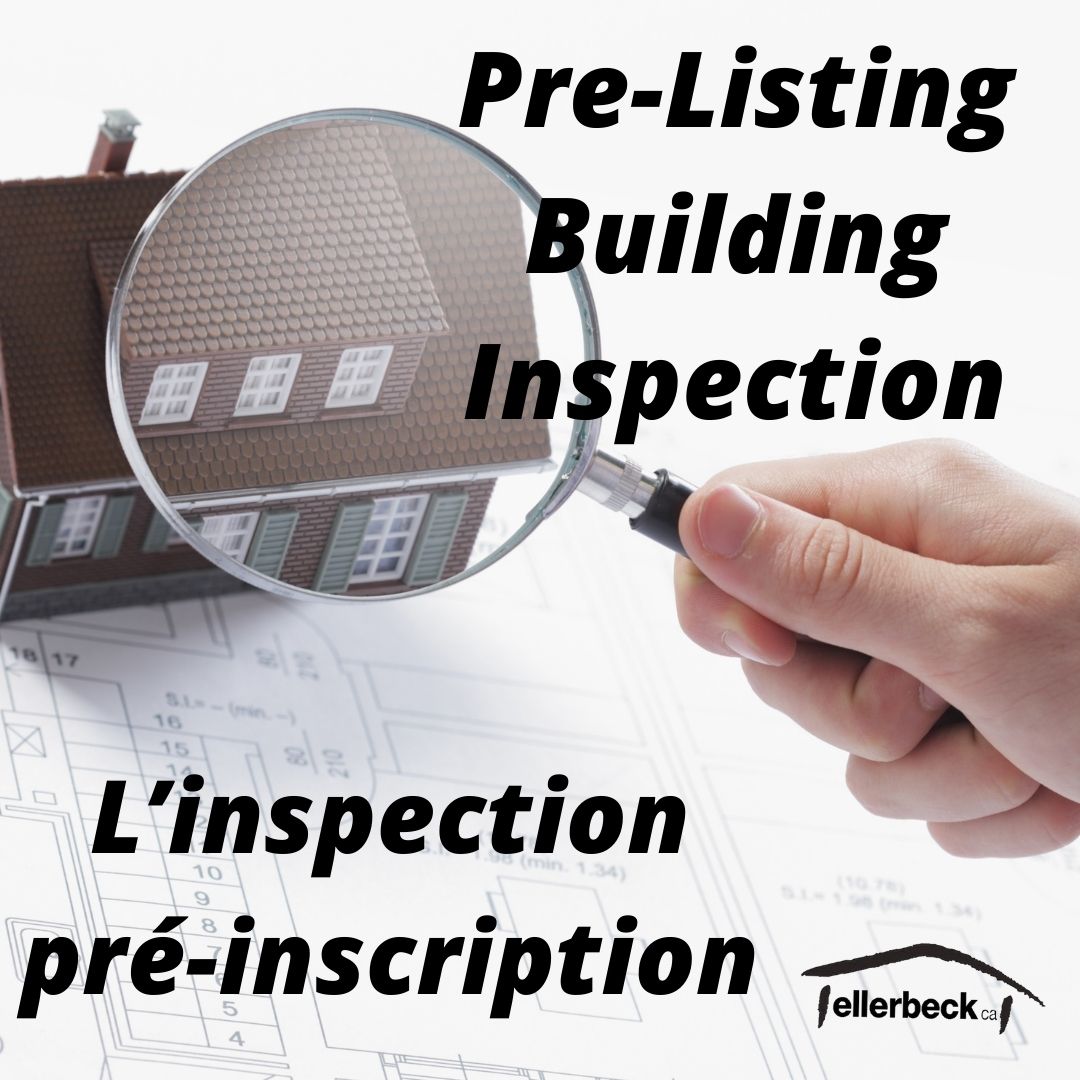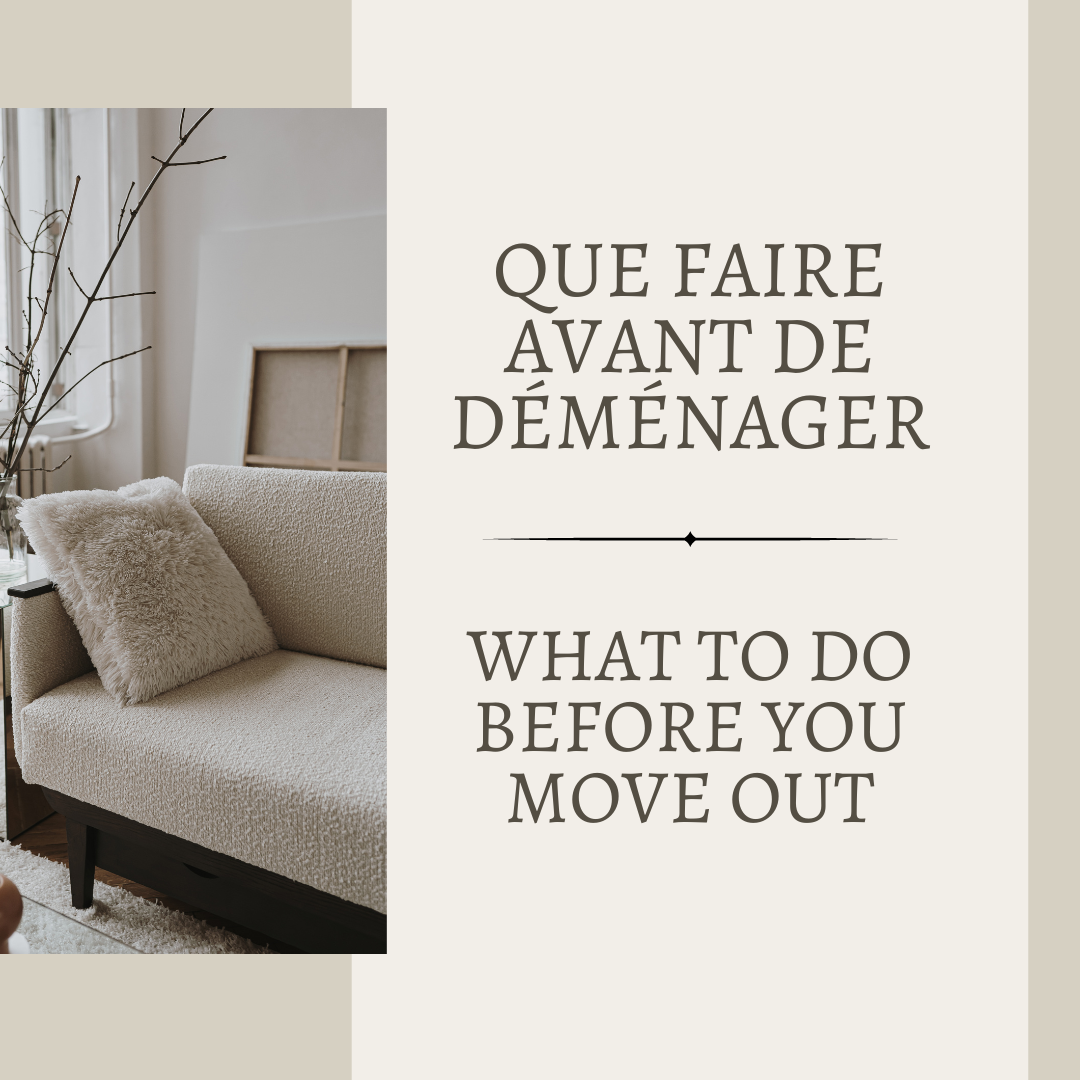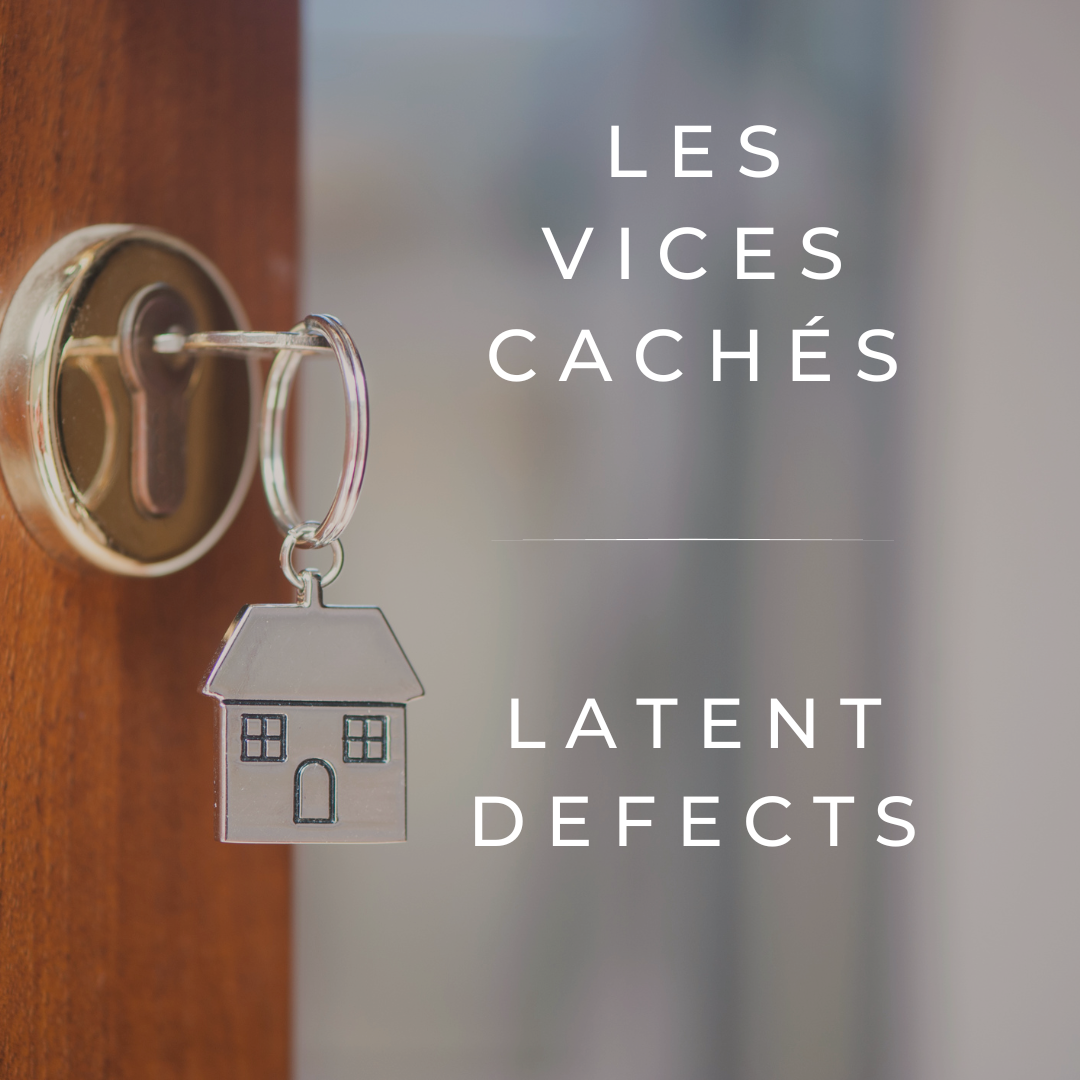Recently, I had a client comment that she hadn’t realized how much work a real estate broker does after the offer to purchase is accepted. Getting a signed offer is just one part of the sales process. Getting from the signed offer to the notary’s office to finalize the transaction is just as important – and sometimes just as challenging.
The building inspection
The building inspection is one such challenge and it can cause the delay or even the cancellation of a transaction. A building inspection is a very common condition included in the Promise to Purchase. It’s intended to give buyers some protection against purchasing a property that might have major flaws that could affect its value or its safety, such as foundation cracks, roof leaks, mould issues and more. While the building inspection has its limits, it gives potential buyers a better idea of the overall condition of the property.
If the building inspection uncovers important issues with the property, the potential buyers can ask the seller to fix them before both parties go to the notary. The buyers also have the option to cancel the purchase entirely, leaving the seller right back at square one.
Disclosing the building inspection results
What sellers might not know is that, should a buyer walk away from a sale because of a building inspection, the seller must then declare the issues uncovered to every future buyer interested in making an offer. Transparency is important to avoid future lawsuits, but sometimes inspectors’ opinions differ. What if the inspector was inexperienced, overestimated the issue or was, simply, wrong? It happens.
After a bad inspection, owners should bring in experts in the field to verify the building inspector’s findings. This can take time and money, especially if the inspector pointed out several issues. For example, a foundation expert will charge hundreds of dollars to just to come and give their opinion, and while they’re carrying out their own evaluation, the seller may be missing out on new buyers.
The pre-listing building inspection
So how can a seller help ensure a negative inspection doesn’t jeopardize their sale? In my 20+ years as a real estate broker, I have seen many deals die because of building inspection issues. I would have to say that the majority could have been avoided if the owners had just invested the $500-$700 on a pre-listing building inspection. And all the heartache and stress of a failing deal could have been avoided, too.
A pre-listing building inspection allows the owner to find any issues, big or small, that might make a potential buyer hesitate. They can then choose what to fix. If there is a costly repair the owner doesn’t want to deal with ahead of time, they can simply declare it in the Seller’s Declaration and the buyers can make their offer accordingly. This way, there will be no surprises after offer negotiations.
The seller should chose a well-respected local inspector – one real estate brokers have used in the past and trust. The buyers can then decide whether to make the inspection a condition to their offer or to just read the one provided. For the seller it means a stronger offer with a higher closure rate. Remember: building inspection clauses can delay an offer becoming firm by an average of two weeks.
The only negative to doing a pre-listing building inspection is the $500-700 cost to the seller, but if it helps them make thousands of dollars more selling their home, isn’t it worth it? I recommend all my sellers do pre-listing building inspections and the ones who have, haven’t regretted it.
Pre-listing inspection reports save time, stress and money!
Information made available in this guide in any form is for information purposes only. It is not, and should not be taken as, legal advice. It is not in any circumstances a substitute for the advice or services of a notary or lawyer. You should not rely on, or take or fail to take any action based upon this information. Never disregard professional legal advice or delay in seeking legal advice because of something you have read on this website.










